There can be your advertisement
300x150
Choosing Floor Covering: Pros and Cons of Different Options
Market offerings for flooring in an apartment are so diverse that making a choice is not easy. To help you decide faster, we suggest using a simple trick. Define which material characteristics are most important to you by at least 3 criteria: interior design solution, room features, and installation conditions.
For example, you decided that you need natural, moisture-resistant, and easy-to-install material. Only 3 of the popular materials have these traits – ceramic tile, cork, and ceramic granite. Then choose by comparing their pros and cons. Timur Abdrakhmanov, co-founder of the repair service 'Kvadrim', tells more about this.
Timur Abdrakhmanov, expert, co-founder of 'Kvadrim''Kvadrim' is a team of designers, builders, engineers, and managers. In 2.5 months, they complete a designer renovation in one of the pre-developed styles at a fixed price. 1. Wooden Floor Coverings
Popular despite the high cost. We are drawn to the naturalness and comfort that real wood offers.
Sheet ParquetThese are planks made from solid pieces of wood, small in size – they're easy to use where the floor has a complex configuration. The fewer defects in the raw material (cracks, knots), the higher the quality and more noble the appearance. However, wood with flaws looks rustic and cozy and offers great design flexibility. Parquet delights with its aesthetic appearance and can maintain it for decades, provided proper care is taken.
Cons: Expensive, especially in premium grades. Not moisture-resistant, making cleaning harder. Installation should be left to professionals, as well as care: the top layer needs renewal every year, and every few years it should be done with pre-sanding.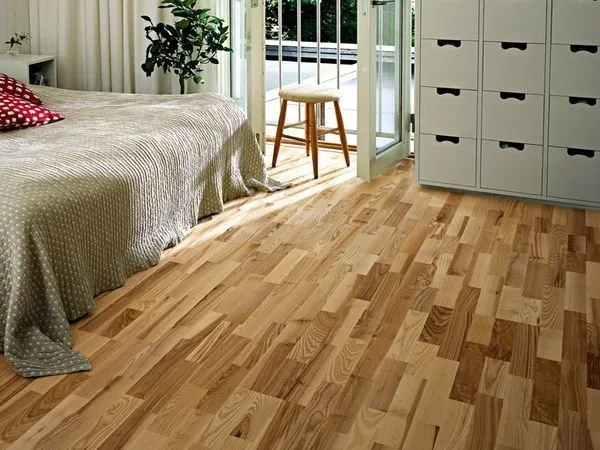 Parquet Board
Parquet BoardIt's cheaper than parquet because only the top layer is made from valuable wood, while the bottom and middle layers consist of softwoods. Its appearance is just as decorative, and its composition is fully natural and eco-friendly. A good insulating material. It serves for 20 years or more without much care from the owner.
Cons: Difficult to install, as it must be laid on underlayment or with adhesive (either glue or glueless method – both are equally difficult), and the top layer needs slight renewal every few years to maintain its aesthetic look.
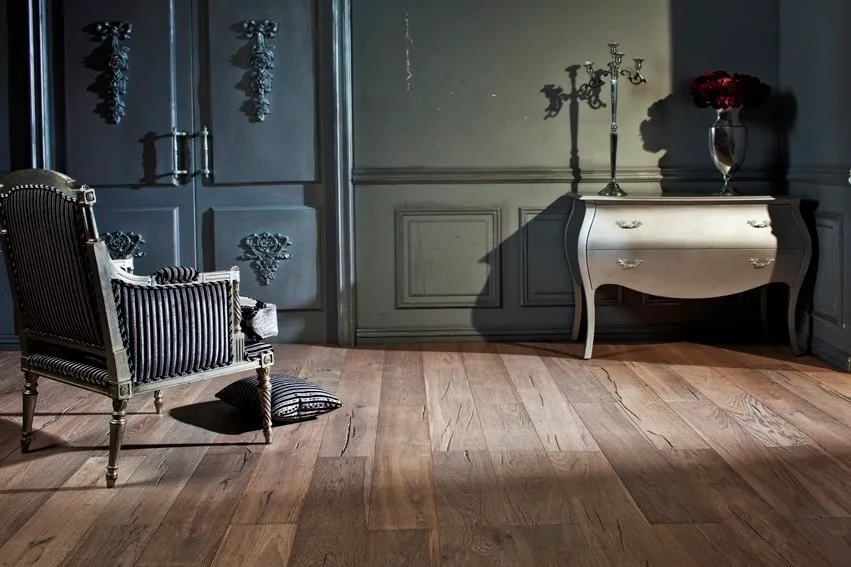 Solid Wood Board
Solid Wood BoardBoards are loved by designers for their expressive texture, warm to the touch, hypoallergenic, and eco-friendly. They can last more than 40 years. It has excellent thermal and sound insulation properties. Installation is easier compared to other wooden coverings.
Cons: Higher cost, especially compared to parquet. During installation, you must buy expensive consumables (plywood, insulating materials) and use a craftsman’s services. It dries out, burns, rots, and gets damaged by insects. Care is as complex as for parquet. Engineered Board
Engineered BoardThis is a two-layer structure made from birch plywood and a top layer of multi-ply veneer from various wood species, even exotic ones. It looks great in interior design.
It is not significantly different in price or appearance from parquet boards or solid wood, but has better quality characteristics. Above all, it is much stronger and more durable. The main drawback of parquet and solid wood is their reaction to humidity in the room, which causes gaps and creaking. Engineered boards have a multi-layer structure (plywood and veneer), making them more stable and less prone to drying out.
It can be sanded and recoated with varnish multiple times if you want to change the interior style. Unlike solid wood, it can be laid on a 'warm floor' system. This material is longer and wider than solid wood boards, making installation easier and faster.
Cons: Installation process is complex. Engineered boards are designed for installation with adhesive – this method is better but the boards themselves are usually much more expensive than parquet and the special adhesive is not cheap either. You need to understand the material because the market is flooded with fake engineered boards.
 Design: 'Studio 3.14' Cork
Design: 'Studio 3.14' CorkThis material is made from cork of cork oak trees and retains all the properties of natural eco-friendly covering. Additionally, cork flooring has excellent sound and thermal insulation properties, is non-slip, hypoallergenic, resistant to wood pests, and easy to clean (a vacuum cleaner is usually sufficient). The material has a springy effect, which helps people with spinal problems reduce load on the musculoskeletal system. In terms of price, cork is an alternative to laminate.
Cons: Afraid of sharp objects. Can deform from high heels or furniture legs. Not visually suitable for all rooms.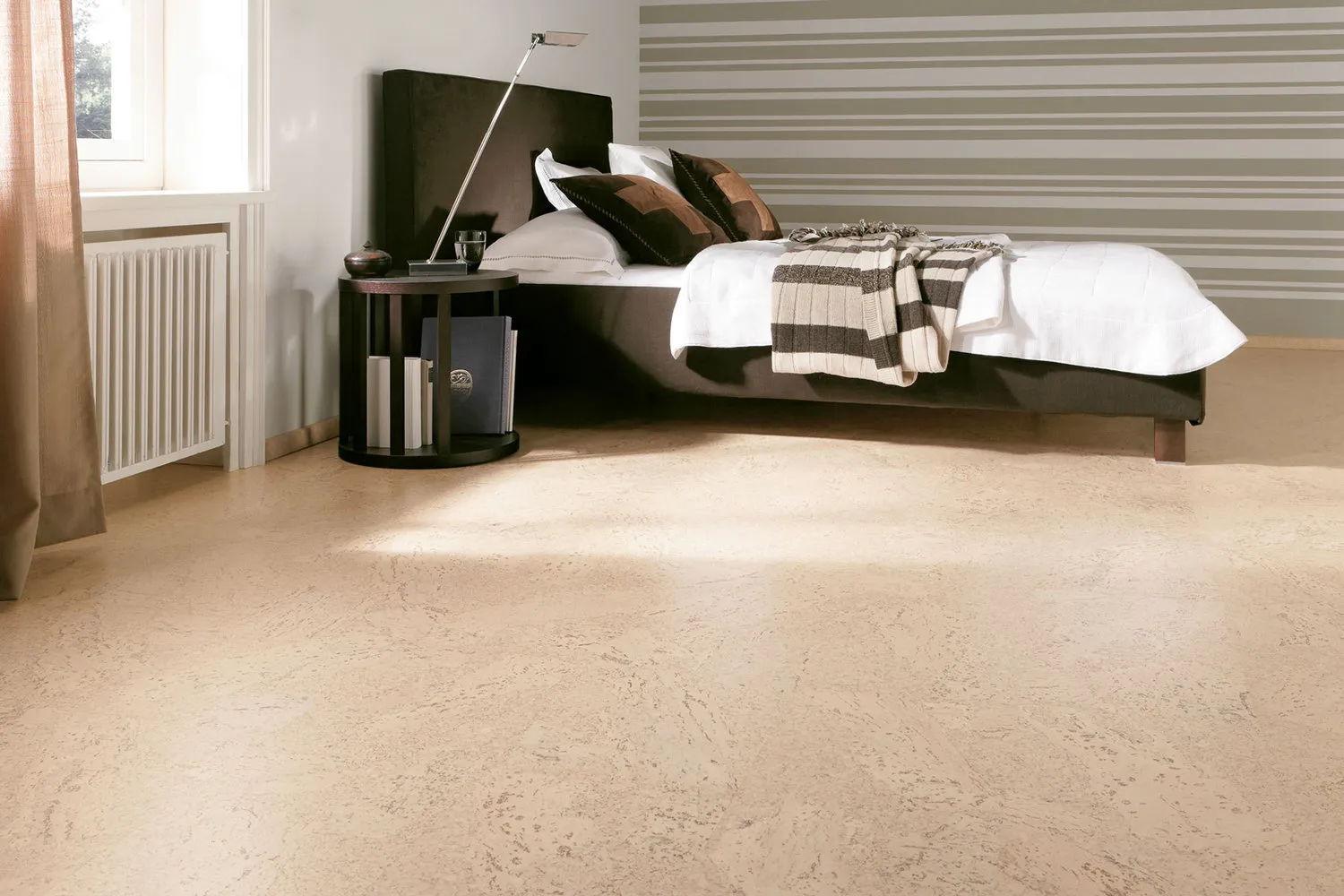 2. Floor Coverings 'Wood-like'
2. Floor Coverings 'Wood-like''Wood-like' coverings compete seriously with natural wood. Primarily, laminated ones. Their high-quality grades so skillfully mimic the texture of wood that even specialists have trouble distinguishing them at first glance.
LaminateLaminate has a moisture protection layer. This HDF board with a laminated surface is very durable, designed for heavy loads, especially if it's 33 or 34 class material. Laminate is easy to install, quite durable (10 years). Fire-resistant and does not deform due to temperature fluctuations. Easy to maintain, does not change its appearance over time.
Cons: To avoid creaking and bending, you need a perfectly flat base surface. It can swell if water stands on the floor for several hours (e.g., spilled by neighbors).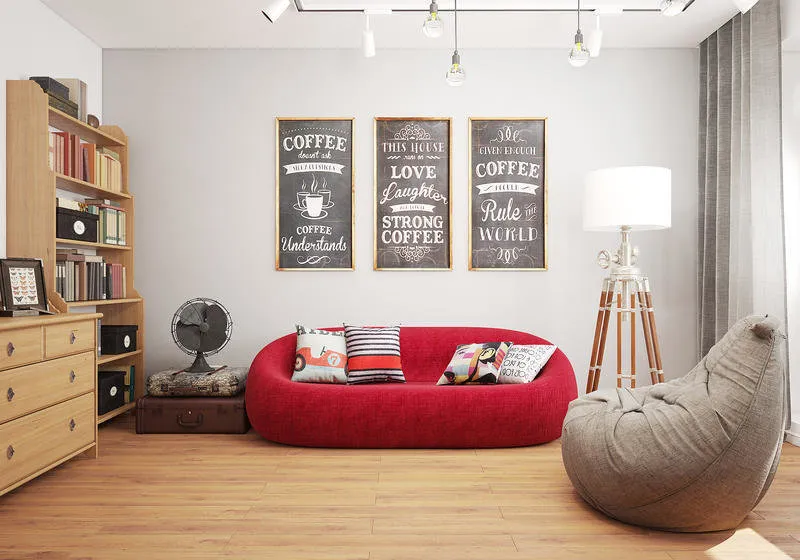 Design: 'Kvadrim' Linoleum
Design: 'Kvadrim' LinoleumPracticality and low price are the main advantages of this material. A striking texture that imitates wood, in quality materials, looks very expensive. Of course, modern technology allows any pattern to be printed on the top layer, but copying wood texture is the most in-demand option. Installation is simple, no need for a perfectly flat floor. Water-resistant, not afraid of mold or insects, easy to clean.
Cons: Does not tolerate temperature fluctuations and rough physical impact. Not all grades can be considered eco-friendly materials, so linoleum is more often used in commercial spaces. In apartments, linoleum has long given way to laminate as a more eco-friendly product.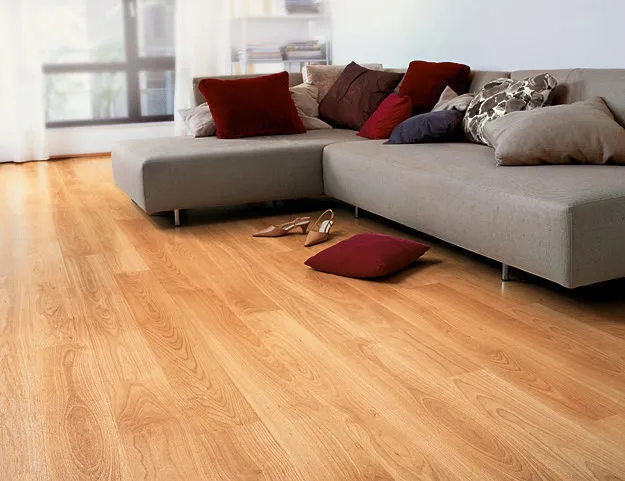 3. Carpet Floor Coverings
3. Carpet Floor CoveringsThe material guarantees warmth and comfort in the interior. But is it suitable for usage conditions and easy to maintain?
CarpetMade from natural or synthetic fibers bonded with latex backing. You can walk on it barefoot, which is beneficial and pleasant; it has excellent acoustic and thermal properties. The pile height varies greatly, as does the color, making the material very decorative.
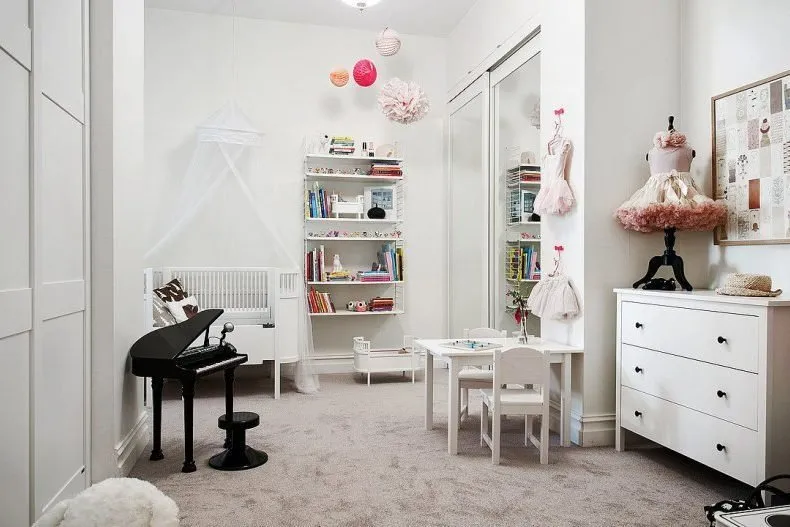 Carpet Tile
Carpet TileSimilar to carpet but more convenient for use. Simply replace one tile to remove a stubborn stain in the room, instead of replacing the entire covering. Easier to install than carpet, allows efficient use of complex floor layouts – minimal waste.
Cons: Both carpet and carpet tiles require constant vacuuming and periodic wet cleaning. Some stains are hard to remove. Fade easily, not moisture-resistant.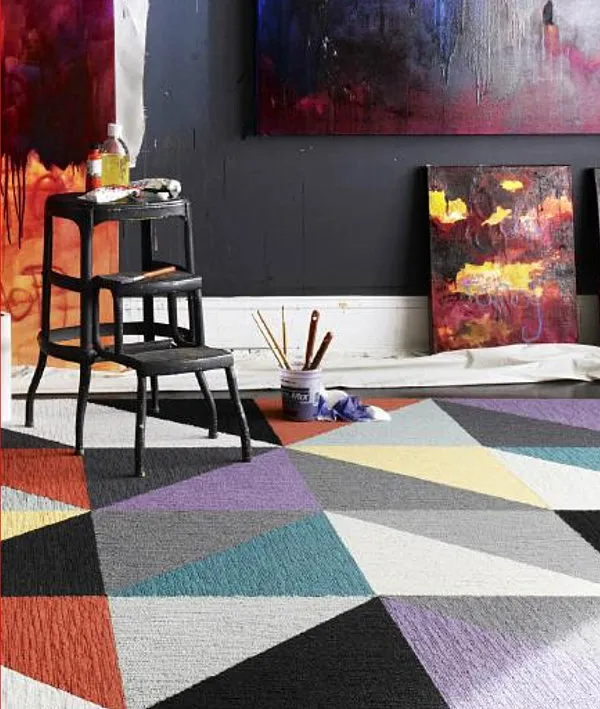 4. Pourable Floors
4. Pourable FloorsThey're also called polymer floors because they contain these substances in their composition. Although the installation seems simple, it requires professionals: the mixture is prepared according to a recipe and poured onto the floor in a specific way, often in multiple layers. There are many design options, up to 3D effects. This is a seamless material, so there won't be problems with joints and leaks. It requires no special care.
Cons: Base preparation for pourable floors must be done professionally, otherwise you'll flood your neighbors not with water but with polymers that are difficult to dispose of. Pourable floors and their installation are an expensive solution and not suitable for every interior design. Also, for comfort under such a covering, it's better to plan 'warm floors', which involves additional costs.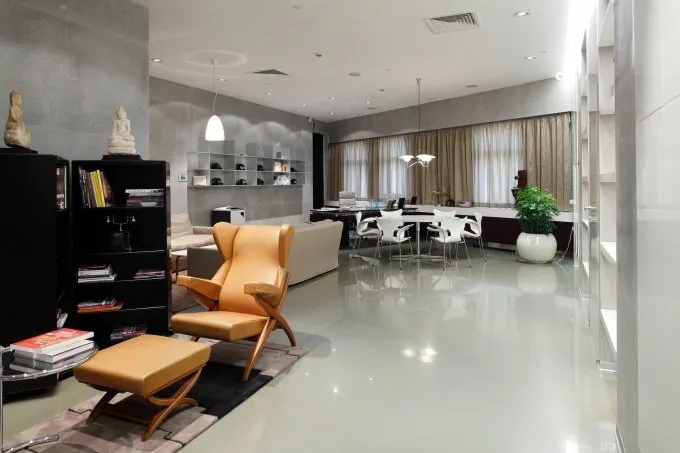 5. Universal Floor Coverings
5. Universal Floor CoveringsApplicable to any room due to a substantial set of positive characteristics and design possibilities.
Ceramic TileEspecially indispensable if you need to withstand heavy loads and aggressive environments (various types of dirt and cleaning agents). Among other pros: eco-friendliness, wear resistance, non-flammable, does not conduct electricity, moisture-resistant, and easy to maintain.
It's suitable for laying 'warm floors'. Exceptionally decorative due to the variety of textures, colors, sizes, and structures.
Cons: Fragile, afraid of impacts and floor unevenness. Fades easily, cold to the touch.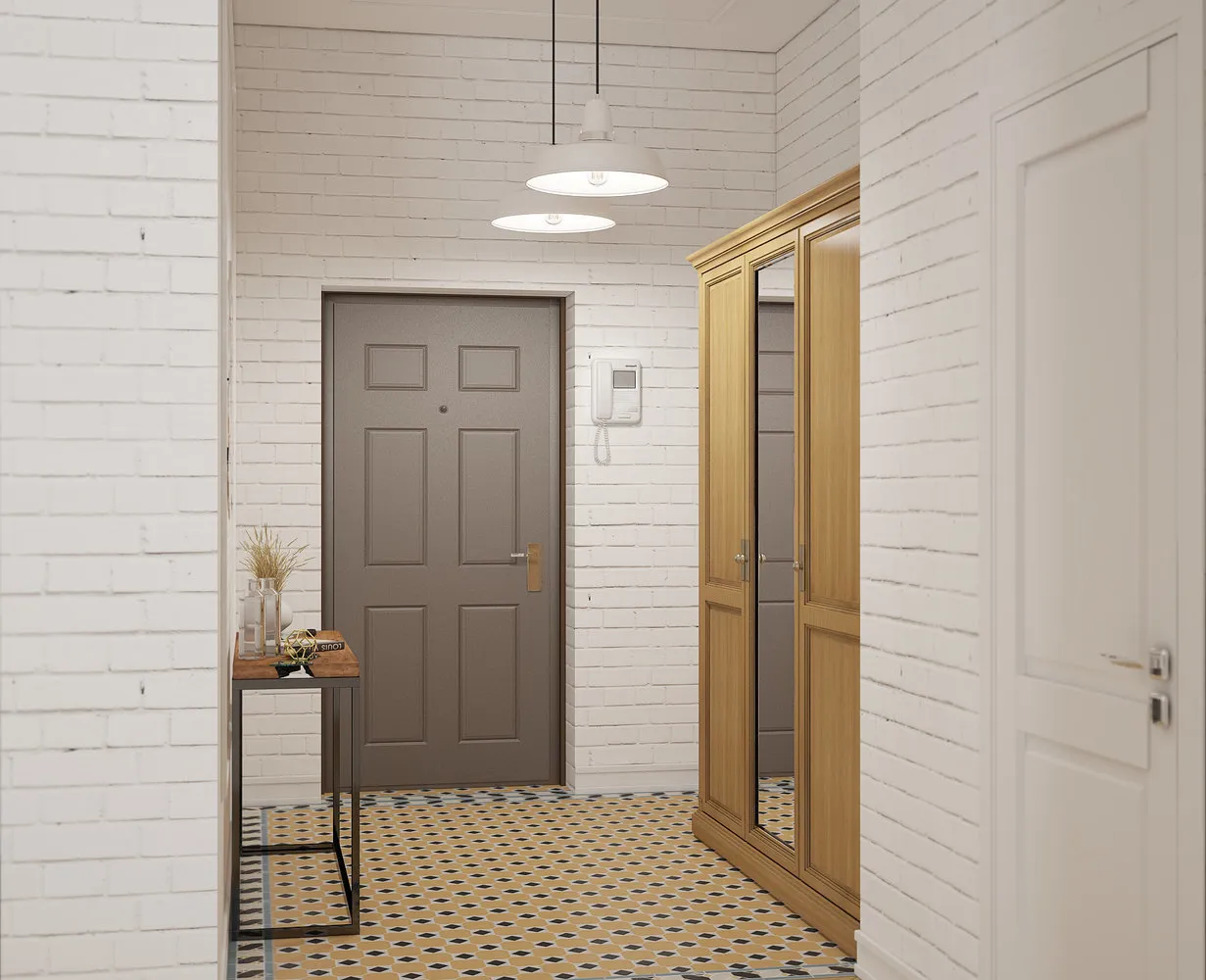 Design: 'Studio 3.14' Ceramic Granite
Design: 'Studio 3.14' Ceramic GraniteThis is the leader in technical characteristics among finishing materials. It has all the advantages of tiles plus its own outstanding features: high strength and hardness, so it's not afraid of even floor unevenness or strong impacts. Its wear resistance has almost no limits, it doesn't fade in UV light (doesn't fade), doesn't react to chemicals or aggressive environments. Suitable for 'warm floors'. This makes it the ideal covering for a kitchen.
It also has unique properties: high frost resistance, fire resistance, moisture resistance, and thermal conductivity.
Cons: Difficult to cut and process – requires special equipment. Tiles are heavy, so they're hard to work with. Expensive, although the price range is quite broad. Cold to the touch.
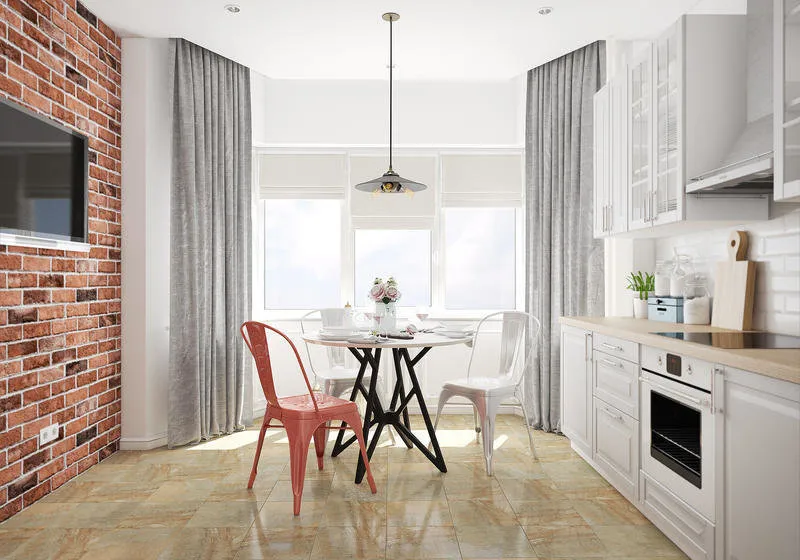 Design: 'Kvadrim'
Design: 'Kvadrim'More articles:
 Living Room Design: 5 Secrets of Comfortable Layout
Living Room Design: 5 Secrets of Comfortable Layout How to Create a Great Interior Without Professional Help: 4 Secrets
How to Create a Great Interior Without Professional Help: 4 Secrets Pros and Cons of Open Storage Systems
Pros and Cons of Open Storage Systems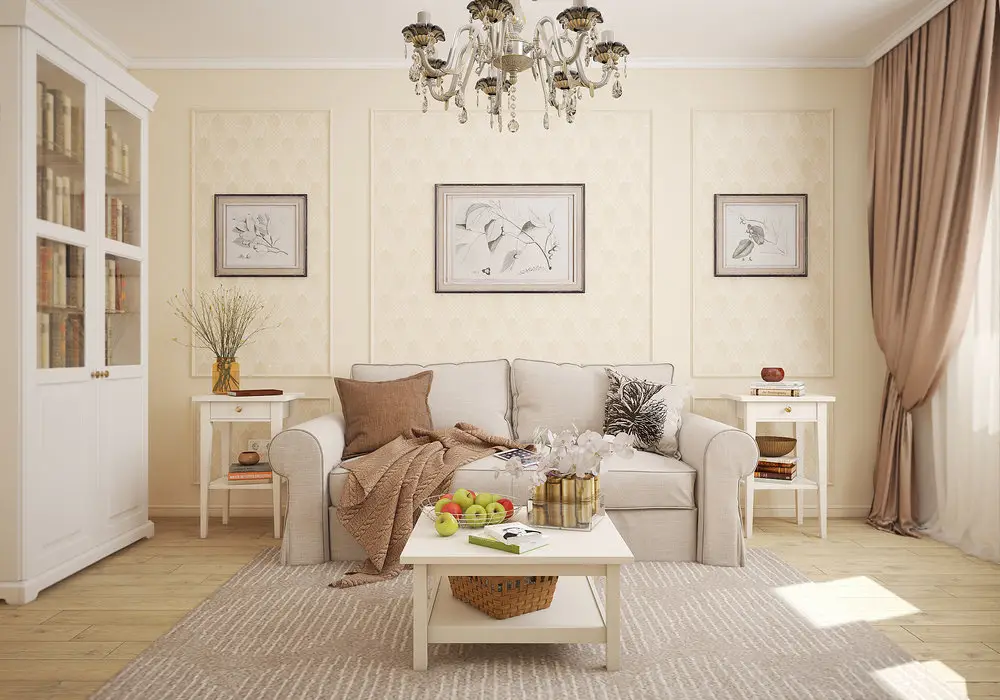 Classic Interior: How to Make It Beautiful and Save Money
Classic Interior: How to Make It Beautiful and Save Money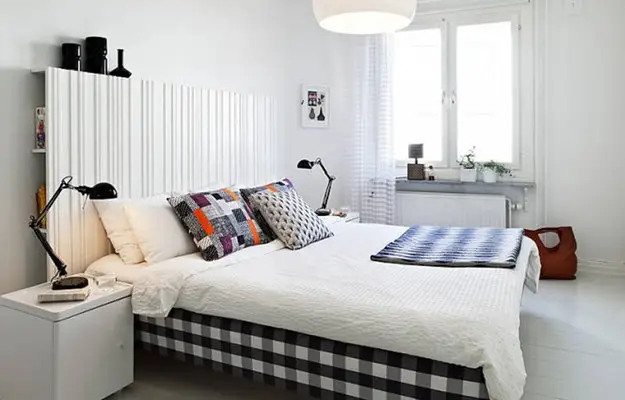 How to Achieve Perfect Order in Just 1 Hour
How to Achieve Perfect Order in Just 1 Hour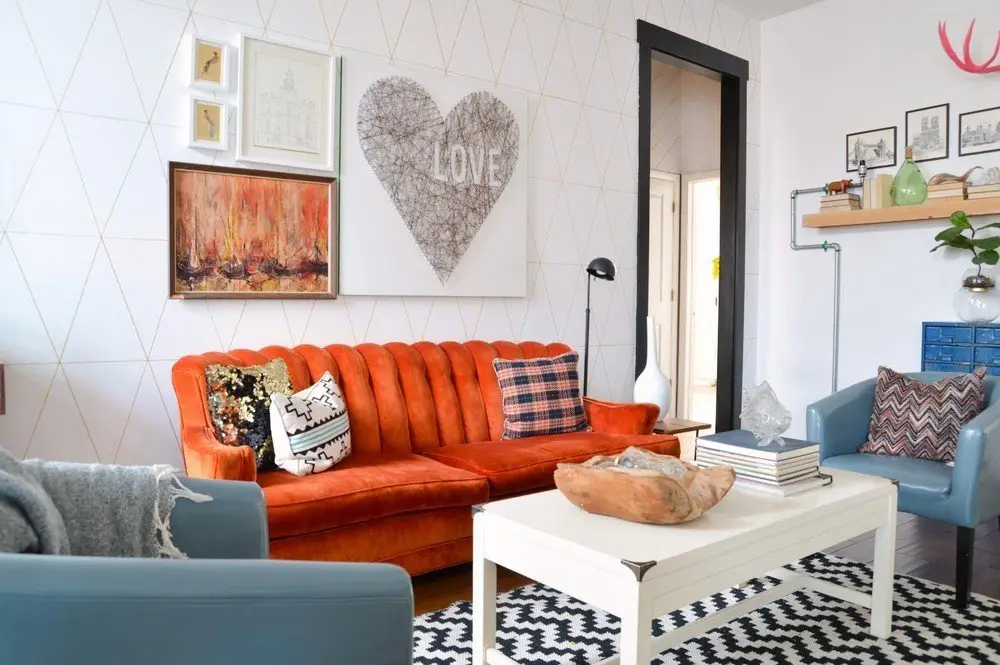 How to Quickly Fill Your Home with Positive Energy: 5 Feng Shui Tips
How to Quickly Fill Your Home with Positive Energy: 5 Feng Shui Tips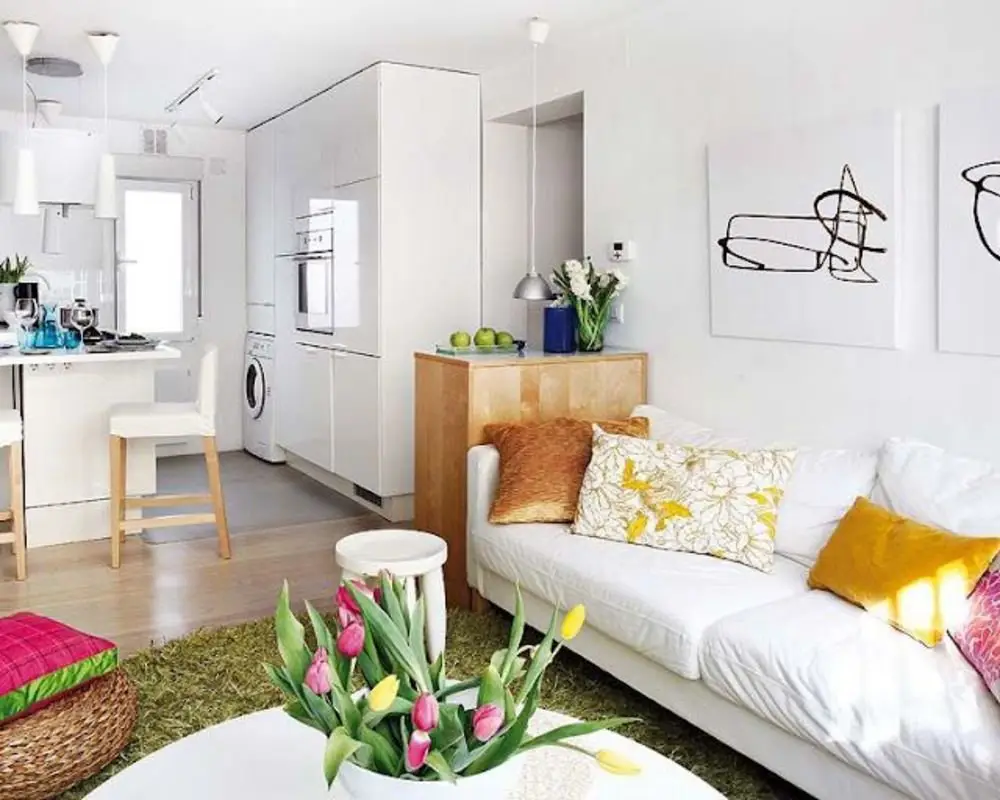 5 Classic Mistakes When Doing Apartment Renovation
5 Classic Mistakes When Doing Apartment Renovation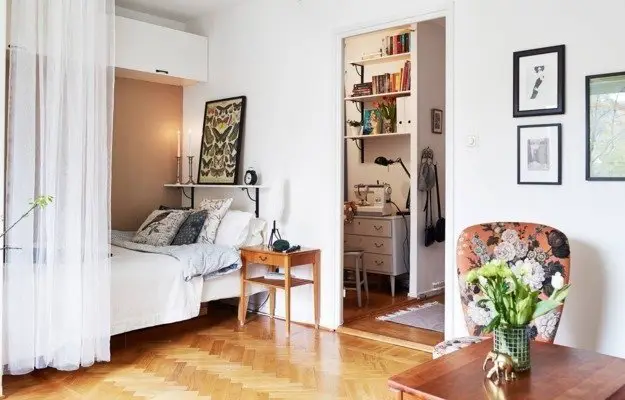 Where to Find and How to Organize Additional Storage Spaces?
Where to Find and How to Organize Additional Storage Spaces?